
More Americans applying for refugee status in Canada, data shows
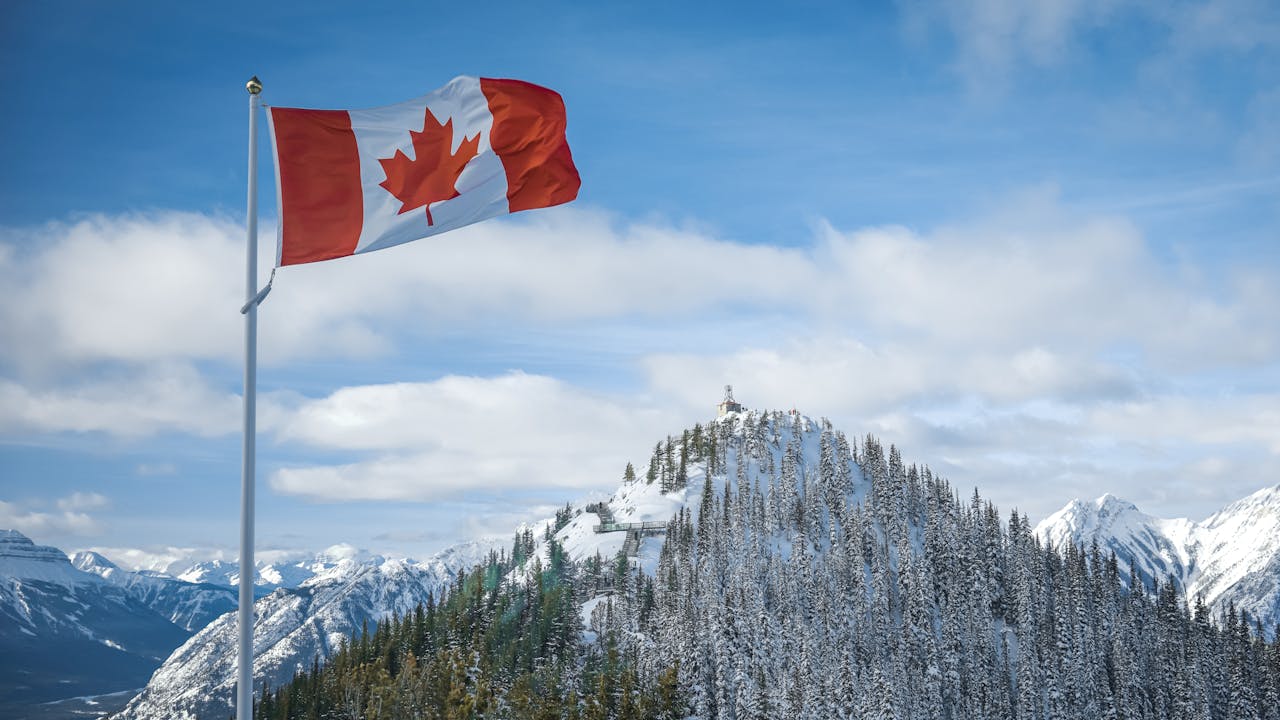
Americans Seeking Asylum in Canada: A Reversal of a Generational Narrative
For generations, the United States has been regarded as a beacon for those fleeing persecution — a country synonymous with opportunity, freedom, and safety. But in a striking reversal of that historic narrative, a growing number of Americans are now heading north, crossing into Canada and requesting refugee protection. This shift, while still modest in numbers, carries profound symbolic weight. It speaks to deepening insecurities within the U.S., where political polarization and the rollback of protections — especially for transgender and LGBTQ individuals — are driving some to question whether their homeland remains safe for them.
The first half of 2025 alone saw more U.S. citizens apply for asylum in Canada than in any full year since 2019. According to data from Canada’s Immigration and Refugee Board (IRB), 245 applications were filed between January and June, out of roughly 55,000 total claims from around the world. Proportionally, the figure may appear small, but the upward trajectory tells a larger story about the shifting dynamics of rights, identity, and belonging across North America.
What’s unfolding is more than a bureaucratic trend. It is a human story about safety, dignity, and the fragile line between inclusion and exclusion — one that highlights how cultural and legislative battles within one democracy can reverberate beyond its borders, reshaping migration patterns and challenging long-held assumptions about where refuge can be found.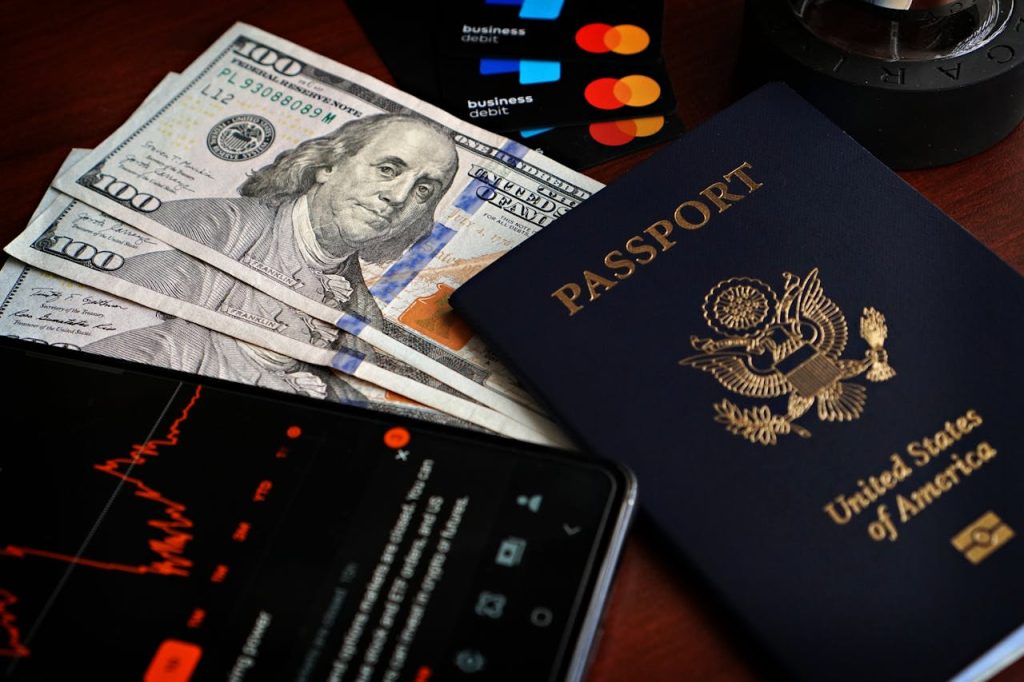
Rising Refugee Claims From the United States
Canada’s immigration system is now facing a surge of claims from Americans — something that, until recently, was almost unthinkable. The last comparable spike occurred during Donald Trump’s first term, when his administration’s policies on immigration, healthcare, and LGBTQ rights prompted a wave of anxiety and, in some cases, flight.
Today, lawyers and advocacy groups report that a growing number of claimants are transgender Americans and other members of marginalized communities who feel unsafe in their own neighborhoods, schools, or workplaces. Many cite urgent fears over restricted access to gender-affirming healthcare, escalating hate crimes, and an atmosphere where simply existing in public spaces can carry risks.
For these individuals, applying for asylum in Canada is not a political protest but a survival strategy. “This isn’t about making a statement — it’s about staying alive,” said one immigration attorney in Toronto, who noted that inquiries from U.S. clients have nearly doubled since early 2024.
But the path is anything but easy. The IRB demands that applicants prove no safe place exists anywhere in the United States where they could reasonably live — a high bar considering the country’s size, legal frameworks, and state-level diversity. Historically, only a small fraction of American cases have been approved, underscoring both the difficulty of the process and the desperation driving these applications.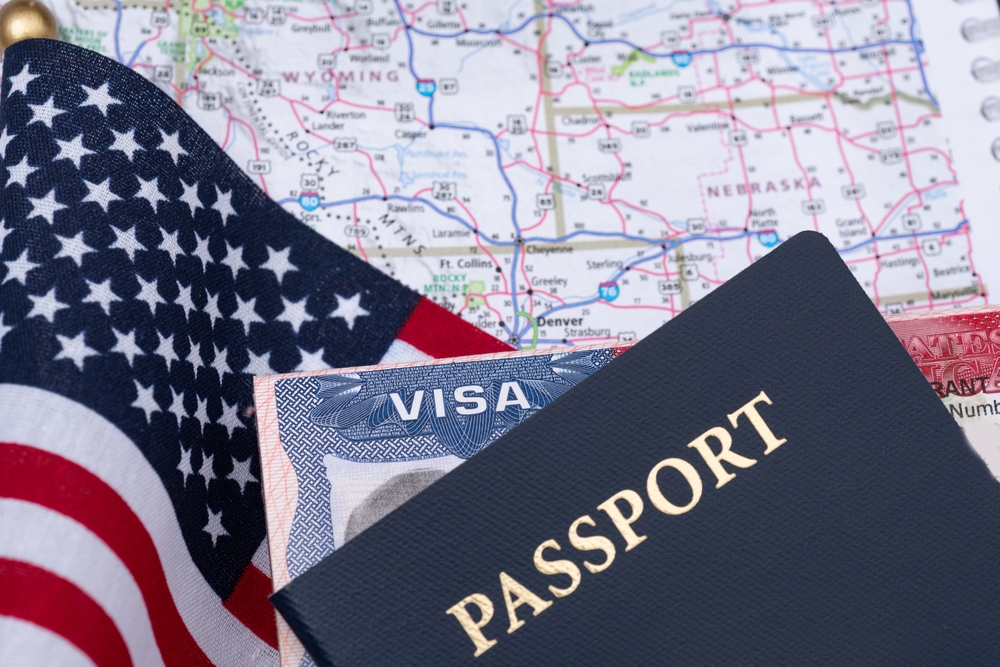
The Legal and Policy Landscape
The legal framework governing cross-border asylum applications helps explain both the surge and its limits. The Safe Third Country Agreement (STCA) — a bilateral pact between Canada and the U.S. — requires most migrants to file for protection in the first “safe” country they enter. However, U.S. citizens are exempt from this rule, allowing them to lodge claims directly in Canada.
Still, success rates remain low. To qualify, American claimants must show systemic persecution and demonstrate that internal relocation within the U.S. is not a viable solution. In practice, this often requires extensive documentation: police reports, medical records, expert testimony, and evidence of widespread legal or social hostility.
In recent years, subtle but significant shifts have emerged in how Canada evaluates these claims. The IRB now includes reports from organizations such as Human Rights Watch in its evidence packages, recognizing the growing risks faced by LGBTQ people in the United States. While these updates do not guarantee approval, they acknowledge that conditions south of the border are evolving — and that those changes carry real consequences for individuals seeking refuge.
Human Stories Behind the Statistics
Beyond the numbers lie stories of fear, resilience, and forced migration.
One trans woman from Arizona crossed the Canadian border in early 2025 after the state enacted sweeping restrictions on gender-affirming care. For her, the choice was stark: leave her community or risk losing access to the medical treatments that made her life possible.
Another case involves a mother from Florida who sought asylum for her 12-year-old transgender daughter, fearing that new laws would expose the child to bullying, medical neglect, and even physical violence. “We didn’t want to leave,” she told a Canadian reporter. “But we wanted her to live.”
These narratives underscore the emotional toll of displacement and the unique challenge of proving persecution as a U.S. citizen. Unlike those fleeing war zones or authoritarian regimes, Americans must demonstrate that their persecution is systemic, unavoidable, and unaddressed by legal recourse. For many, the growing patchwork of anti-LGBTQ laws across multiple states makes internal relocation an empty promise rather than a solution.
A Polarized Political Climate
The increase in asylum applications cannot be separated from the United States’ deepening political divisions. Over the past decade, cultural conflicts around gender, sexuality, and personal freedoms have sharpened, frequently spilling into legislation and court decisions that directly affect vulnerable groups.
Under the Trump administration, protections for transgender people eroded sharply — from bans on military service to contested access to public facilities. In recent years, these rollbacks have accelerated, with some states criminalizing gender-affirming care, banning books featuring LGBTQ characters, or restricting participation in public life.
For those affected, the fear is not abstract. It manifests in day-to-day interactions: harassment in schools, discrimination in workplaces, or even violence in public spaces. The perception that legal protections are collapsing fuels a sense of urgency and danger, making Canada — with its more consistent protections — a logical refuge.
Global Implications and a Changing Narrative
While the number of claims remains relatively small, the symbolism is enormous. The United States — long seen as a sanctuary for the persecuted — now finds its own citizens seeking protection abroad. This reversal does not go unnoticed on the world stage. It raises pressing questions about the resilience of democratic institutions and the reliability of rights that once seemed inviolable.
Migration scholars note that the trend also complicates traditional narratives about displacement, which typically focus on people fleeing poverty, war, or dictatorship. The northward movement of Americans underscores a more nuanced reality: that even within wealthy, stable democracies, social and political shifts can make life untenable for marginalized groups.
For Canada, the moment is fraught with both opportunity and challenge. It must balance compassion with the integrity of its refugee system, all while navigating sensitive diplomatic terrain with its closest ally.
Beyond Canada: A Quiet Exodus
The northward trickle into Canada is only one part of a broader story. Across the Atlantic and beyond, relocation firms and real estate agencies are reporting growing interest from Americans exploring permanent moves abroad.
For some, it’s about safety. For others, it’s about seeking a better quality of life, economic stability, or simply a respite from what they describe as a “toxic” cultural environment at home. A Talker Research poll found that 17% of Americans plan to move abroad within the next five years, with Canada, Portugal, and Spain topping the list of preferred destinations.
Retirees, too, are joining this quiet exodus. Faced with rising healthcare costs and limited retirement income, many are opting for countries like Costa Rica or Ecuador, where their savings stretch further and the pace of life is less frenetic. Scientists and academics, frustrated by funding cuts and political interference, are increasingly looking overseas for opportunities — prompting the European Union to launch a €500 million initiative to attract U.S. researchers seeking stability.
Collectively, these choices signal a broader reevaluation of the American promise. Whether through asylum claims, early retirements abroad, or professional relocations, Americans are quietly testing the limits of what “home” means — and what safety, dignity, and opportunity look like in a rapidly changing world.
News in the same category


Strategist Who Made Bold Prediction on When Trump’s Administration Will ‘Collapse’ Claims It’s Now Happened
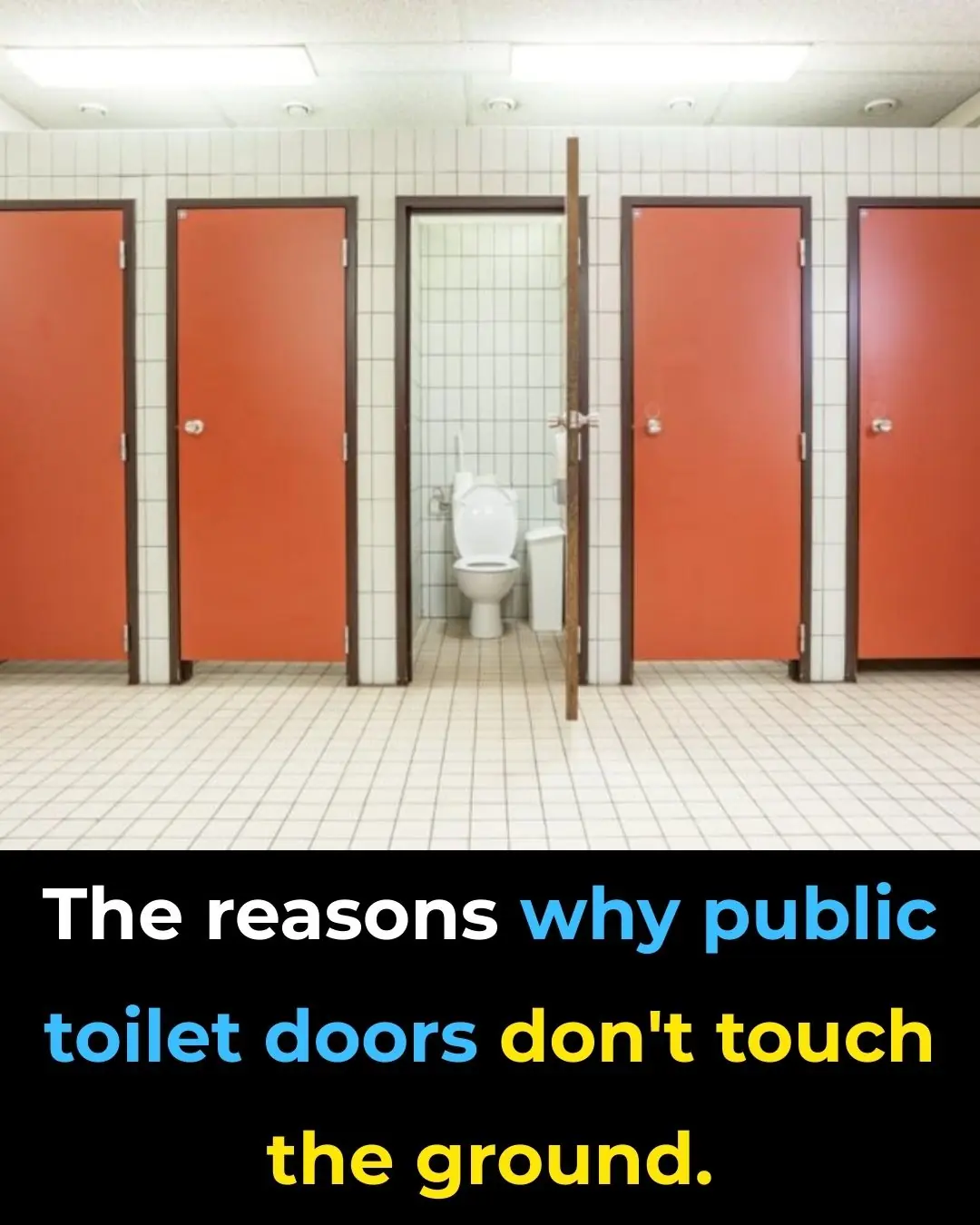
Why Doors in Public Bathrooms Don’t Reach the Floor

Chin Whiskers in Women

White Tongue …What It Means and What You Can Do About It

Tips for Selecting High-Quality Eggs

The Mystery of the Milk Bottle Dent

Think Twice Before Putting Parchment Paper in the Oven
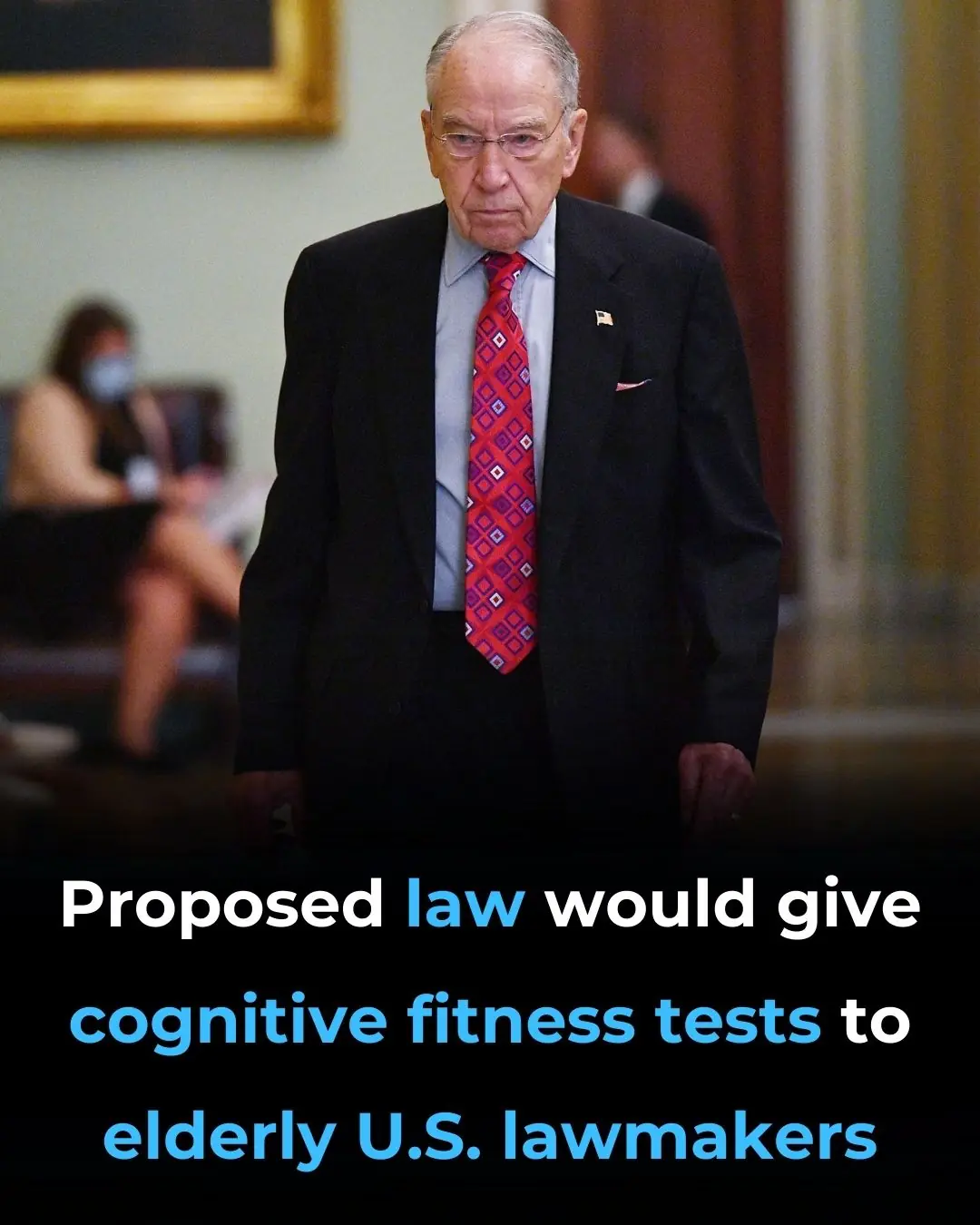
Proposed Law Would Give Cognitive Fitness Tests To Elderly U.S. Lawmakers

Apple Agrees to Pay Out Users From $95,000,000 Fund After Lawsuit Accused Siri of Listening to Private Conversationsa

How she got her wealth might surprise you too 👀

What Is This Button In The Car For

How Long Cooked Food Can Stay In The Refrigerator

Unbelievable: China is About to Launch the First ‘Pregnancy Robot’ to Carry a Baby

This Is How These 10 Worldwide Famous Kids Look Like Now

What Does It Mean To Wear a Ring On The Right Hand

Hotel Workers Reveal What Goes On

Scientists Explain Why ‘Doing Your Own Research’ Leads to Believing Conspiracies

The Richest Americans Still Die Earlier Than the Poorest Europeans
News Post

How 600mg of this supplement could transform your pancreas and insulin sensitivity!

7 Drinks That Improve Blood Flow and Prevent Varicose Veins (Backed By Science)

If you have these two holes in your back, it means…

This Ancient Detox Juice Fights Cancer And Helps Regenerate New Healthy Cells

1 cup before bed: end restless nights and repair your nerves

Dogs Able to Sniff Out Parkinson’s Before Symptoms Appear

Plant-Heavy Diets’ Link to Reduced Cancer Risk Strengthened

Strategist Who Made Bold Prediction on When Trump’s Administration Will ‘Collapse’ Claims It’s Now Happened

Mystery of the Bermuda Triangle could finally be solved following years of conspiracy theories

Asking ChatGPT this simple question sends AI into meltdown of pure confusion

Your Brain May Not Be the Only Place Storing Memories, Scientists Say

Neurologist Advises Ceasing Beer Consumption by Age 65

Sleeping Naked: 8 Surprising Benefits

Don’t Throw Away Old Newspapers: Discover 6 Incredible Hacks to Make Life More Convenient

Place a Bar of Soap in the Toilet — It Has an Amazing Effect That You’ll Wish You Had Known Sooner

Yellowed and Slimy Face Towels or Bath Towels? Don’t Throw Them Away Yet: Try This Method to Make Them Fresh, White, and Clean Like New

Mix Toothpaste with This Simple Ingredient for an Amazing Effect — You Should Try It Right Away

Pouring White Sugar into Laundry Detergent: A Simple Trick Every Household Will Love, Saving a Significant Amount Each Year
